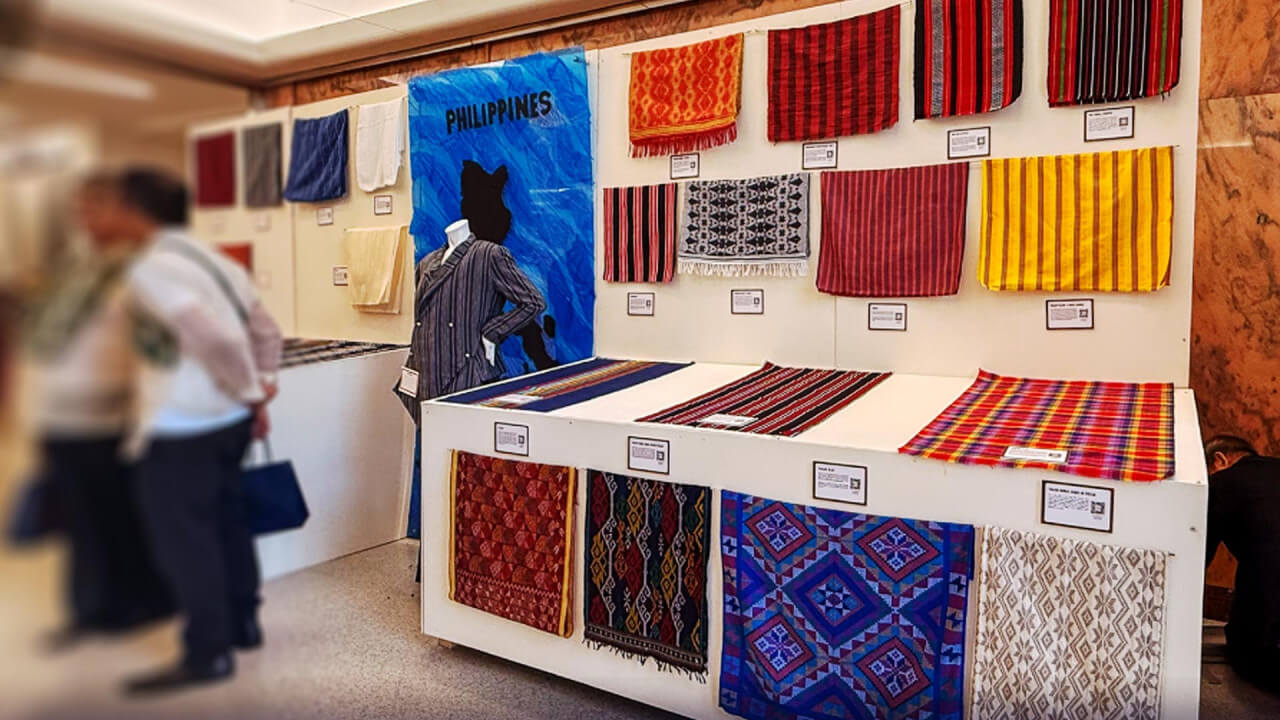

The “HABI: Discovering Possibilities for Philippine Fibers” exhibit , which was launched on Nov. 7, 2024, highlighted the versatility of these sustainable materials and their applications in fashion, design, and industrial sectors, underscoring the country’s commitment to innovation and eco-friendly solutions.
Organized by the DTI-Philippine Trade and Investment Center (DTI-PTIC) in New York, the Philippine Consulate General in New York, the Department of Science and Technology–Philippine Textile Research Institute (DOST-PTRI), and Thomas Jefferson University, the event forms part of the DTI’s Malikhaing Pinoy Program.
The exhibit features handwoven textiles created by indigenous Filipino communities, such as T’nalak, Piña Seda, and Yakan. These weaves, primarily produced by women-led micro and small enterprises, reflect the resilience and entrepreneurial spirit of Filipino artisans.
Trade Commissioner Benedict M. Uy emphasized the cultural and economic impact of Philippine textiles.“The HABI exhibit not only showcases our cultural legacy but also highlights the vast opportunities for Philippine fibers in the global markets. Each fiber, each weave, tells a story of heritage, resilience, and innovation, illustrating the potential of these materials for a global audience,” Uy said.
A Fireside Chat followed the launch, tackling topics like cultural preservation and sustainable practices.
Trade and Industry Undersecretary Rafaelita Aldaba highlighted the industry’s impact, supporting 1.5 million livelihoods, with women comprising 68 percent of the workforce.
“Our textiles not only preserve our heritage but also create jobs and economic value. This is reflected in the growing global demand for eco-friendly fashion that leverages sustainable fibers like abaca and piña. To seize these market opportunities, events like HABI connect Philippine fibers to the global market, fostering collaboration and showcasing Filipino artisans' potential,” Aldaba said.
Thomas Jefferson University president Dr. Susan C. Aldridge expressed optimism about future collaborations, envisioning scholarships, joint projects, and faculty exchanges.
Open until Dec. 16, 2024, the exhibit underscores the Philippines’ rich textile heritage and its expanding role in global sustainability and design.